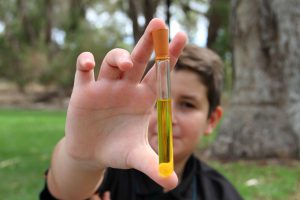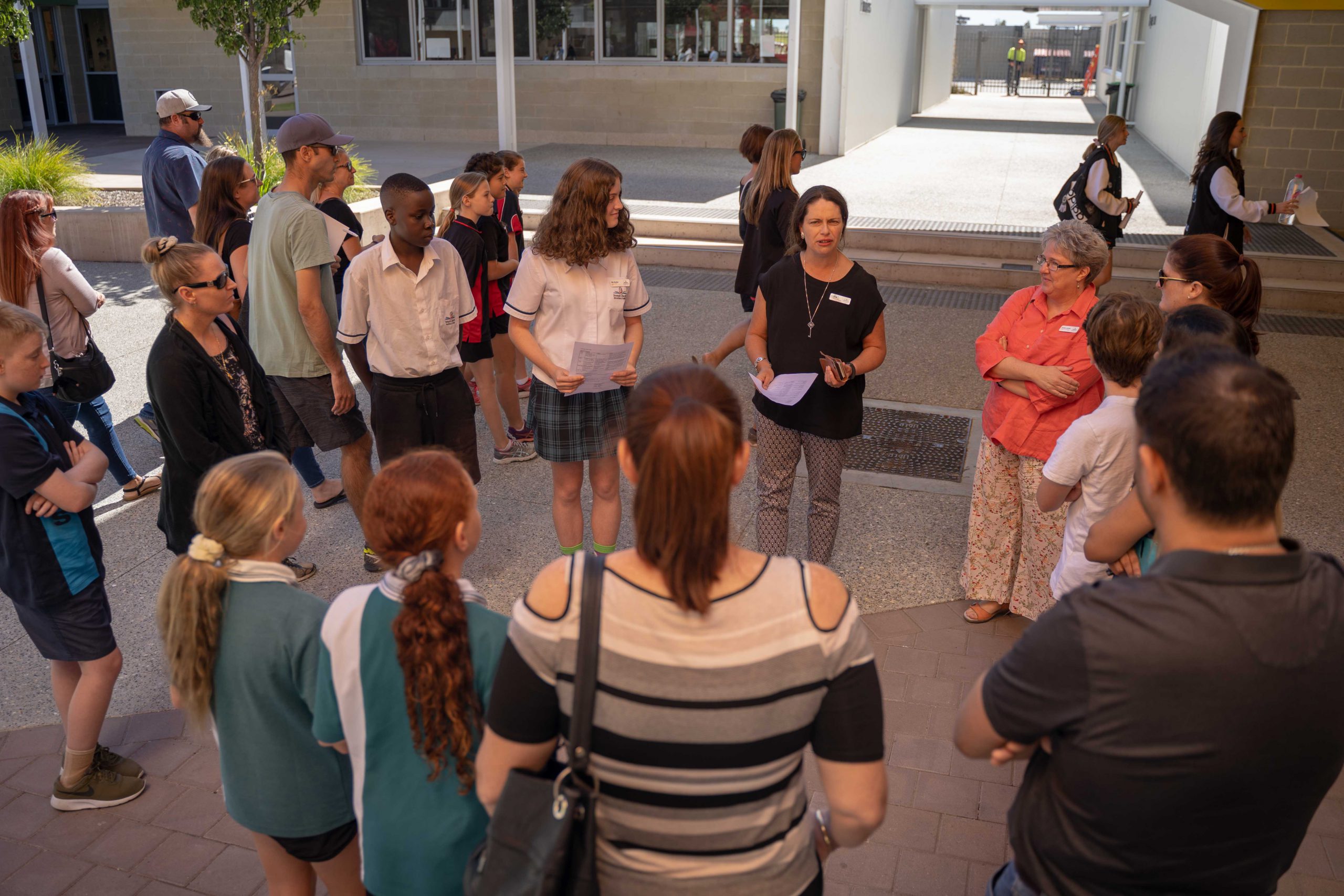Mathematics Methods (ATAR)
Course Code: AEMAM/ATMAM
Domain: Maths
Timetable: Semester 1 and 2
Length of Course: 2 Years
Unit Information
Mathematics is the study of order, relation and pattern. From its origins in counting and measuring, it has
evolved in highly sophisticated and elegant ways to become the language now used to describe much of the
modern world. Statistics are concerned with collecting, analysing, modelling and interpreting data in order
to investigate and understand real-world phenomena and solve problems in context. Together, mathematics
and statistics provide a framework for thinking and a means of communication that is powerful, logical,
concise and precise.
The major themes of the Mathematics Methods (ATAR) course are calculus and statistics. They include, as
necessary prerequisites, studies of algebra, functions and their graphs, and probability. They are developed
systematically, with increasing levels of sophistication and complexity. Calculus is essential for developing an
understanding of the physical world because many of the laws of science are relationships involving rates of
change. Statistics is used to describe and analyse phenomena involving uncertainty and variation. For these
reasons, this course provides a foundation for further studies in disciplines in which mathematics and
statistics have important roles. It is also advantageous for further studies in the health and social sciences.
This course is designed for students whose future pathways may involve mathematics and statistics and their
applications in a range of disciplines at the tertiary level.
For all content areas of the Mathematics Methods (ATAR) course, the proficiency strands of the Year 7–10
curriculum continue to be applicable and should be inherent in students’ learning of this course. These
strands are Understanding, Fluency, Problem-solving and Reasoning, and they are both essential and
mutually reinforcing. For all content areas, practice allows students to achieve fluency in skills, such as
calculating derivatives and integrals, or solving quadratic equations, and frees up working memory for more
complex aspects of problem solving. The ability to transfer skills to solve problems based on a wide range of
applications is a vital part of this course. Because both calculus and statistics are widely applicable as models
of the world around us, there is ample opportunity for problem-solving throughout the course.
Year 11
Unit One
This unit begins with a review of the basic algebraic concepts and techniques required for a successful
introduction to the study of calculus. The basic trigonometric functions are then introduced. Simple
relationships between variable quantities are reviewed, and these are used to introduce the key concepts of
a function and its graph. The study of inferential statistics begins in this unit with a review of the
fundamentals of probability and the introduction of the concepts of counting, conditional probability and
independence.
Unit Two
The algebra section of this unit focuses on exponentials. Their graphs are examined and their applications in
a wide range of settings are explored. Arithmetic and geometric sequences are introduced and their
applications are studied. Rates and average rates of change are introduced, and this is followed by the key
concept of the derivative as an ‘instantaneous rate of change’. These concepts are reinforced numerically, by
calculating difference quotients both geometrically as slopes of chords and tangents, and algebraically.
Calculus is developed to study the derivatives of polynomial functions, with simple application of the
derivative to curve sketching, the calculation of slopes and equations of tangents, the determination of
instantaneous velocities and the solution of optimisation problems. The unit concludes with a brief
consideration of anti-differentiation.
Year 12
Unit Three
The study of calculus continues with the derivatives of exponential and trigonometric functions and their
applications, together with some differentiation techniques and applications to optimisation problems and
graph sketching. It concludes with integration, both as a process that reverses differentiation and as a way of
calculating areas. The fundamental theorem of calculus as a link between differentiation and integration is
emphasised. In statistics, discrete random variables are introduced, together with their uses in modelling
random processes involving chance and variation. This supports the development of a framework for
statistical inference.
Unit Four
The calculus in this unit deals with derivatives of logarithmic functions. In probability and statistics,
continuous random variables and their applications are introduced and the normal distribution is used in a
variety of contexts. The study of statistical inference in this unit is the culmination of earlier work on
probability and random variables. Statistical inference is one of the most important parts of statistics, in
which the goal is to estimate an unknown parameter associated with a population using a sample of data
drawn from that population. In the Mathematics Methods ATAR course, statistical inference is restricted to
estimating proportions in two-outcome populations.
Pathway Information
Tertiary
Workforce
Students undertaking this course may wish to consider tertiary studies in:
- Bachelor of Science
- Bachelor of Commerce
This course suits direct workforce entry into the following:
- Insurance Agent
- Laboratory Worker
Additional Information
Estimated Charges: $60 per year



